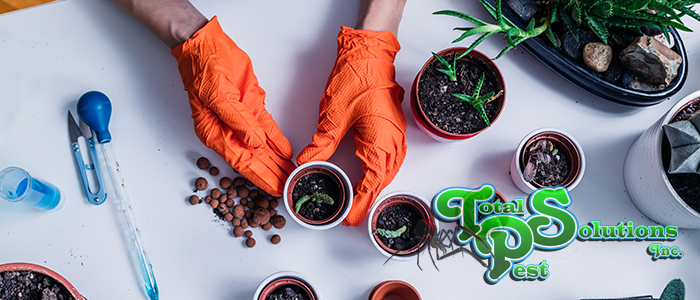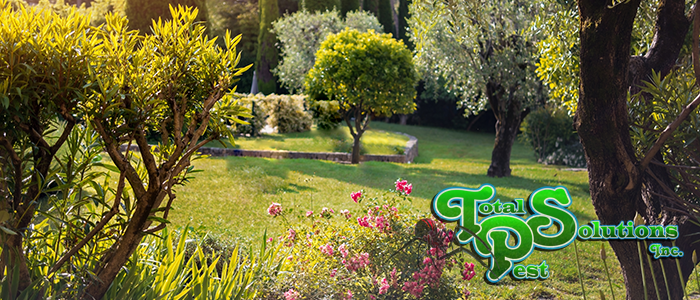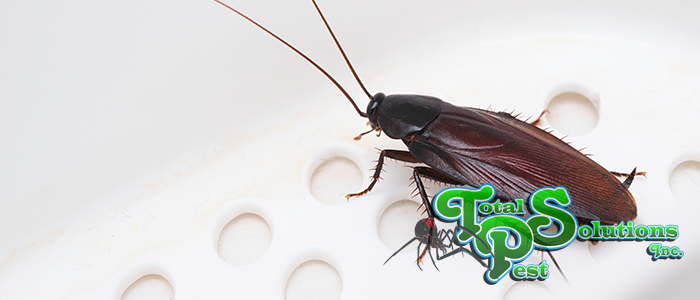
How to Stop Fungus Gnats
There’s nobody that likes gnats, is there? It’s bad enough to be walking in your yard and find yourself breathing them in suddenly. When you’re inside enjoying peace and quiet with your family seeing a little speck buzzing clumsily past your eyes is very annoying. These pests are usually viewed as minor nuisance pests because of the lack of damage they cause. They don’t bite, they don’t eat plants, and they don’t even stain… So what’s the problem?
In large enough numbers – And they reproduce rapidly – Fungus gnats can become a major problem. They can attract other, larger pests that eat them, and their larvae can stop plants from growing any larger. If you plant seeds indoors, they could completely prevent plant growth. Besides, who wants a cloud of gross little bugs in their home?
Let’s cover some ways to prevent and get rid of fungus gnats.
Identifying These Pests
Before treating fungus gnats, let’s ensure you have them. Fungus gnats are tiny black flies, often smaller than fruit flies. They don’t have the red eyes or yellow bodies that fruit flies have. With their long legs, they look a bit like tiny, tiny mosquitoes.
You’ll usually see them in the soil of house plants or near ceramic tiles and grout where mildew is growing. They’re very slow fliers compared to fruit flies, too. They will also fly towards your face and drinks, following the scent of your breath and sugars in anything you may be drinking.
Fungus Gnat Effects
As we mentioned before, usually, fungus gnats are just annoying. Adult gnats don’t do anything other than breed and lay eggs. Their larvae have the potential to be destructive, however. Seedlings and small delicate plants are vulnerable to damage as they only have a few fragile roots. They can even spread plant diseases that kill seedlings.
Fungus gnat damage looks like any other root disease. In extreme cases, a plant could even die. In many cases, leaves turn yellow or fall, and most often, the plant will stop growing altogether.
Preventing and Killing Fungus Gnats
The thing about fungus gnats is they can smell suitable soil from a long way away. Their eggs can survive in potting soil for a long time in stasis and activate with water. There are several things you can do to control fungus gnat populations.
- Keep Soil Dry – Fungus gnats need the fungi that grow in damp soil to eat and lay eggs. You can deter gnats by allowing your plants’ soil to dry between watering.
Cover Drain Holes – Though fungus gnats usually go for the topsoil, they can also crawl under your plants to lay eggs in the drain holes. Covering these areas with synthetic fibers will allow water to drain but prevent the flies from accessing the soil. You can fasten the fabric with a rubber band. - Use Sticky Traps – Sticky cards come in packs of bright yellow adhesive cards. Fungus gnats are attracted to the baited adhesive. The gnats won’t be born if the adults can’t lay eggs. Fungus gnat generations come in waves, though, so you have to be consistent in your approach.
- Apply Some Sand – A layer of horticultural (not play or construction) sand about 3/4 inch deep will keep gnats from accessing the soil. If you try this method, you have to cover drainage holes, or they’ll just go under.
You can learn more about plant pests on our website. If you need help, don’t hesitate to give us a call.
continue reading
Related Posts
The Importance of Scheduling Regular Lawn Care Services for a […]
The Ultimate Guide to Spotting and Eliminating Flea Infestations in […]
The Menace of Cockroach Infestations in Lake Alfred Homes Cockroach […]






